1. Istanbul Turkey Streets Map
Here is the Istanbul Turkey Streets Map:
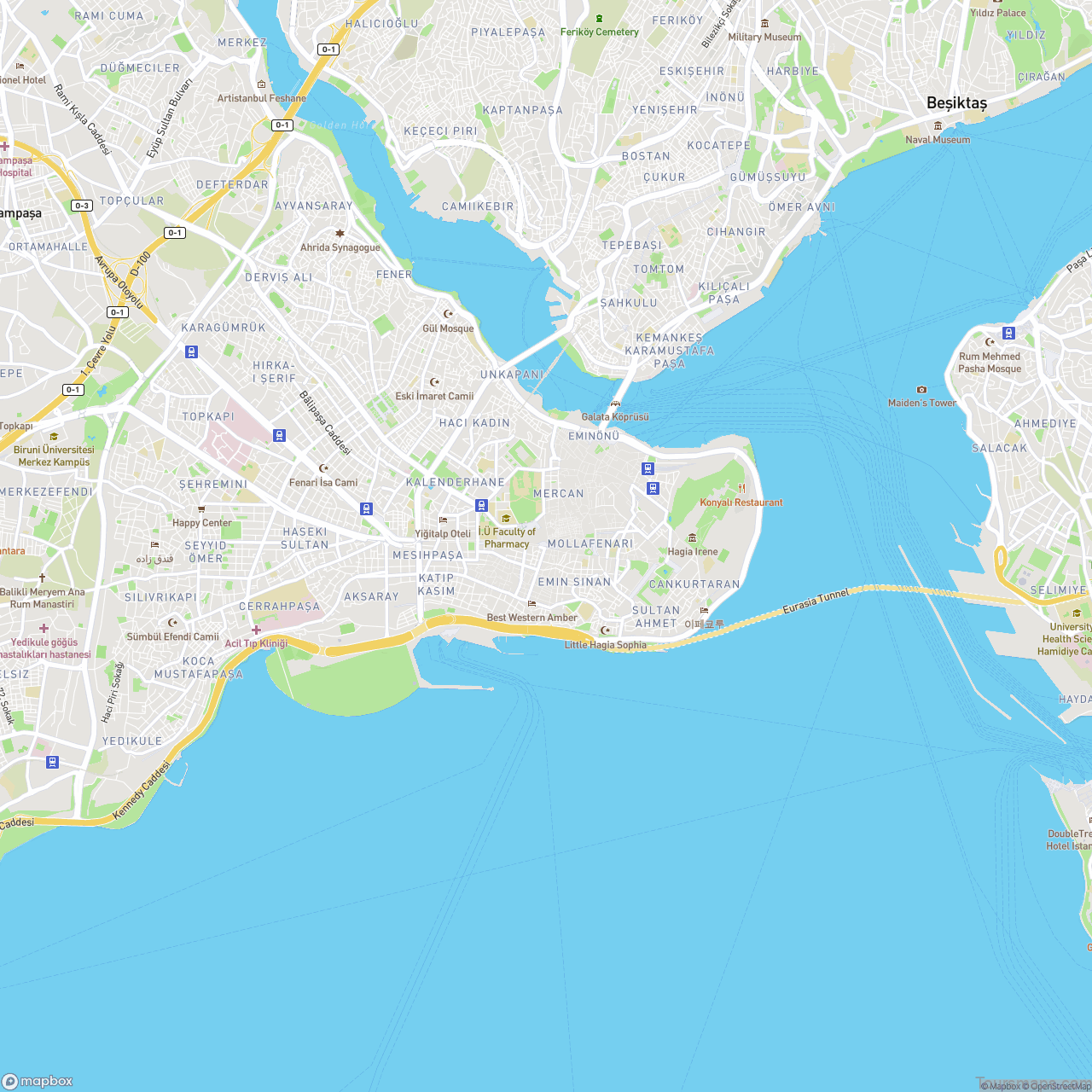
Exploring the Intricate Street Map of Istanbul, Turkey
Istanbul, a city known for its rich history and stunning landscapes, is a unique metropolis straddling two continents, Europe and Asia. The streets of Istanbul are a blend of the past and present, offering an intricate maze that tells stories of empires that once ruled and the modern vibrancy of a bustling city.
The map above showcases the complex network of streets in Istanbul, highlighting major roads, side streets, and alleys. Each pathway holds its significance, from the bustling Istiklal Avenue, a prominent pedestrian street in the Beyoglu district, known for its historic tram, to the quiet alleys offering respite from the city’s hustle and bustle.
Navigating through Istanbul’s streets, one encounters the city’s soul. The areas like Sultanahmet and Fatih are replete with historical marvels, including the iconic Hagia Sophia and the Blue Mosque, standing as testaments to the city’s architectural grandeur and historical richness. These landmarks are easily accessible through the web of streets shown in the map, illustrating how the city’s layout caters to both tourism and heritage conservation.
Contrasting the old, areas like Levent and Maslak are brimming with modernity, with their streets leading to high-rise buildings, shopping malls, and business centers, reflecting Istanbul’s rapid urbanization and its role as Turkey’s economic powerhouse.
Moreover, the Bosphorus Bridge, connecting the European and Asian sides, is more than a route; it’s a symbol of unity, seamlessly blending a multitude of cultures, cuisines, and traditions that are reflected throughout the city streets. This blend is evident in the diverse street food, with carts selling everything from the famed ‘simit’ to kebabs, showcasing the city’s culinary diversity.
However, the streets are more than connections between destinations; they are venues for festivals, parades, and an array of street performances, embodying the city’s cultural richness and love for art. Events like the International Istanbul Film Festival take over the city streets, transforming them into arenas of celebration.
For residents and tourists alike, understanding the street map of Istanbul is key to experiencing the city’s heart. It aids in planning routes, exploring hidden gems, and truly appreciating the seamless blend of history and modernity that Istanbul represents.
In conclusion, Istanbul’s streets are narrators, telling tales of ancient empires, world-renowned architects, devout worshippers, eager tourists, and daily life of the locals. They are lines drawn not just for direction but for connecting histories, economies, cultures, and hearts.
Map for: Istanbul, Streets, Historical Landmarks, Modern Districts, Cultural Diversity, Street Food, Festivals, Bosphorus Bridge, Urbanization, Tourism, Heritage, Architecture.
Here is the Istanbul Turkey Hotels Map:
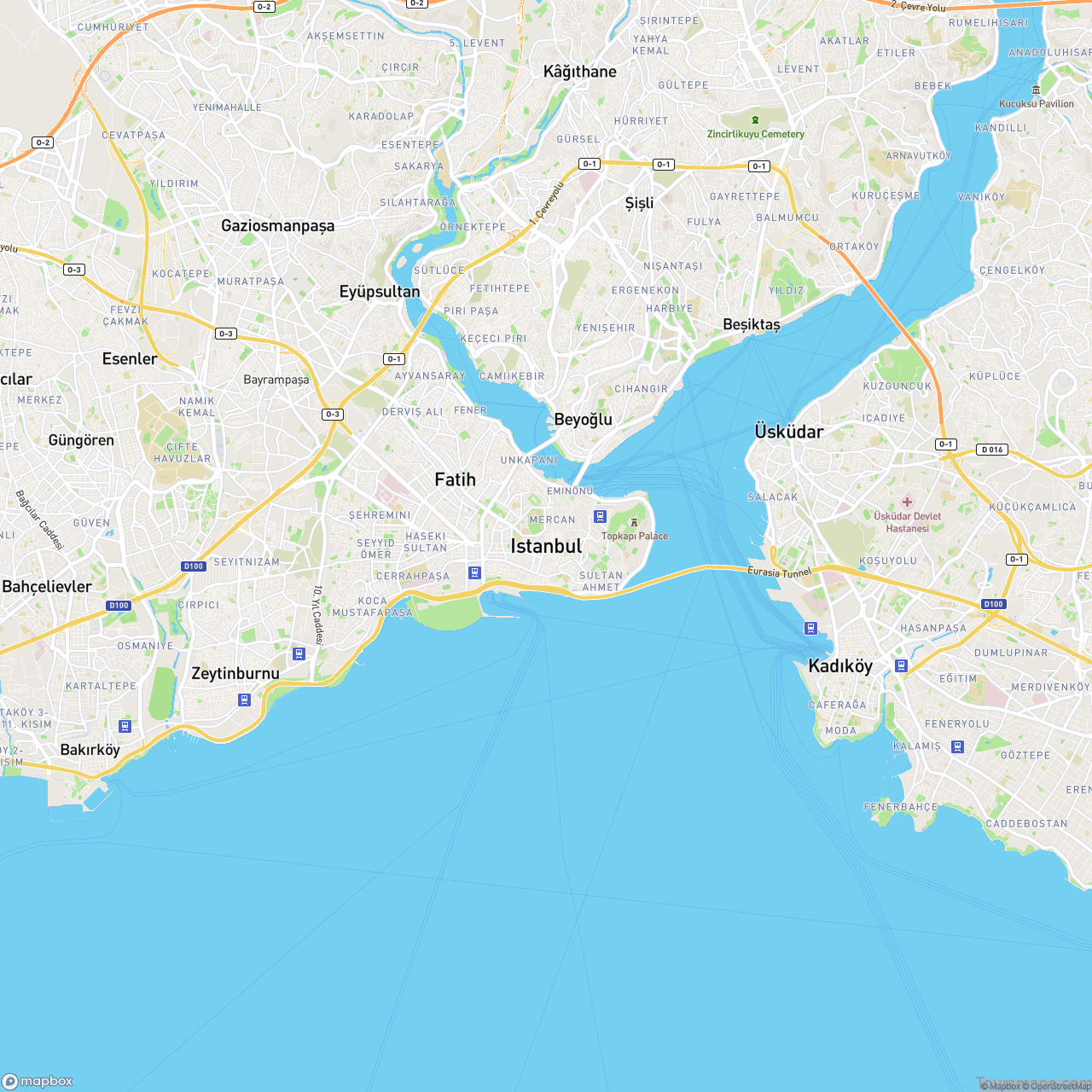
Discovering Comfort: A Guide to Hotels in Istanbul, Turkey
Istanbul, the majestic city where East meets West, is a traveler’s dream, offering a blend of history, culture, flavors, and importantly, a wide array of accommodation options. The hotels in Istanbul cater to every preference, encapsulating the city’s hospitality and its penchant for bridging different worlds.
The map presented highlights the locations of various hotels across Istanbul, providing a visual guide for travelers seeking a place that meets their comfort and exploratory needs. From luxury accommodations that offer a taste of the Ottoman lifestyle to budget-friendly hotels that do not compromise on comfort, Istanbul’s hospitality scene is diverse and welcoming.
In the historical heart of the city, areas such as Sultanahmet and Fatih are home to many hotels nestled amongst world-famous landmarks. Here, staying in a hotel feels like living through history, with easy access to the Hagia Sophia, Topkapi Palace, and the Blue Mosque. These hotels often feature architecture that echoes the city’s historical narrative, offering an immersive experience.
For those seeking a more modern and luxurious stay, the districts of Besiktas and Sisli host a range of high-end hotels. These areas, known for their upscale neighborhoods, shopping centers, and proximity to business districts, offer skyscraper hotels with stunning views of the cityscape and the Bosphorus. The service in these hotels reflects Turkish hospitality, where every guest’s comfort is a priority.
Travelers interested in experiencing Istanbul’s vibrant nightlife and artistic scene might find the perfect abode in the hotels located in Beyoglu. Known for its historic Taksim Square, bustling Istiklal Street, and countless art galleries, cafes, and bars, this area provides a central location for exploration.
Furthermore, the Asian side of Istanbul, often less frequented by tourists, offers its unique charm and a range of accommodations. Districts like Kadikoy and Uskudar provide a more local experience, with hotels situated close to traditional markets, seaside promenades, and historical sites unique to this part of the city.
Choosing a hotel in Istanbul also means considering the culinary experiences on offer. Many hotels boast in-house restaurants that serve a fusion of traditional Turkish cuisine and international dishes, allowing guests to embark on a culinary journey without leaving their accommodations.
In conclusion, the hotels in Istanbul are more than just places to stay; they are gateways to experiencing the city’s soul, whether through their historical significance, luxurious offerings, proximity to cultural hotspots, or culinary delights. They stand as testaments to Istanbul’s identity as a junction between continents, cultures, and eras.
Map for: Istanbul, Hotels, Luxury Accommodations, Historical Districts, Modern Comforts, Nightlife, Culinary Experience, Traditional Architecture, Hospitality.
Here is the Istanbul Turkey Metro Map:
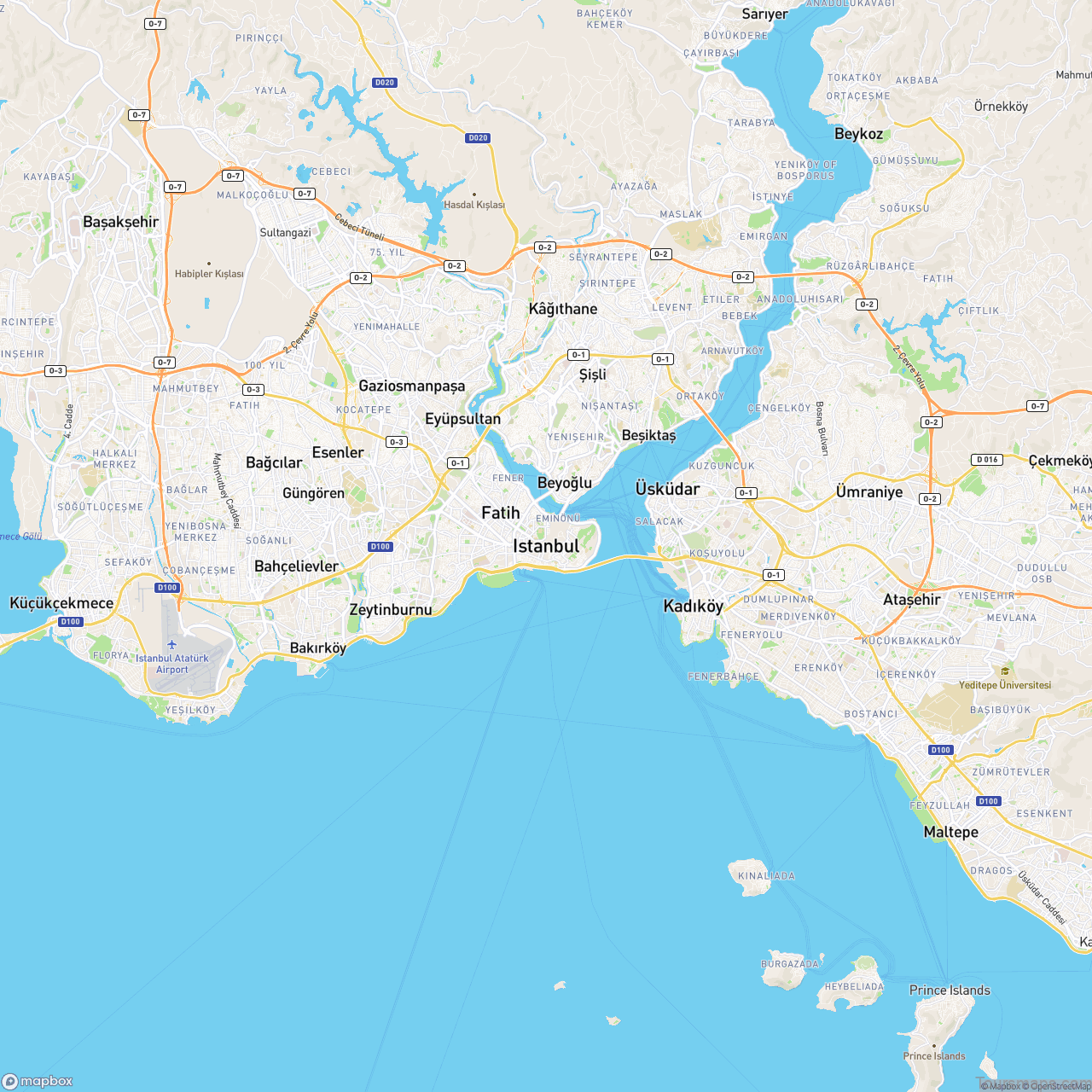
Navigating the Heart of Two Continents: Istanbul’s Comprehensive Metro System
In a city as expansive and diverse as Istanbul, the need for a comprehensive, efficient, and accessible transportation system is paramount. The Istanbul Metro, a major component of the city’s transportation network, stands as a testament to the city’s modernization efforts, offering residents and visitors alike a quick, convenient, and reliable way to traverse the city’s vast expanse.
The above map provides a visual representation of Istanbul’s metro lines, showcasing the system’s extensive reach across the city’s European and Asian sides. The metro system in Istanbul is not just a means of transport but a reflection of the city’s commitment to embracing modernity while preserving its rich history.
One of the key features of the Istanbul Metro is its connectivity. The network is well-integrated with other forms of transportation, including trams, funiculars, and ferries, making commuting across the city’s varied geographical landscapes seamless. Whether it’s traveling from the historical peninsula to the modern suburbs, or crossing the continents over the Bosphorus, the metro system ensures a smooth journey.
For tourists, the metro system is an invaluable tool for exploration. Stations located near major landmarks such as Sultanahmet, Taksim Square, and the Grand Bazaar make accessing these sites convenient. Moreover, the metro lines extend to areas outside the central tourist zones, providing an opportunity to explore the lesser-known neighborhoods and experience the city’s true cultural mosaic.
Additionally, the Istanbul Metro prides itself on its modernity. The stations are equipped with facilities to ensure a comfortable commute, and the trains are modern, clean, and efficient, often bypassing the city’s notorious traffic congestion. This efficiency makes it an attractive mode of transport for daily commuters and contributes significantly to reducing carbon emissions in the city.
The metro system is also a cultural experience. The walls of many stations are adorned with artworks, reflecting the city’s artistic heritage and contemporary scene. Some stations are located near cultural hubs, where concerts, exhibitions, and performances are regular occurrences, making the commute a cultural immersion.
Furthermore, the metro system is continuously expanding. New lines and stations are regularly added to ensure the network covers more areas and serves a broader population. This expansion is a clear indication of Istanbul’s vision for a sustainable, accessible, and integrated transportation network.
In conclusion, the Istanbul Metro is more than a transit system; it’s a bridge between the city’s past and future, offering a journey through its landscapes, cultures, and aspirations. It symbolizes Istanbul’s pulse, its movement, and its enduring vibrancy.
Map for: Istanbul, Metro, Transportation, Modernity, Connectivity, Tourism, Cultural Experience, Sustainability, Expansion, Commuting.
Next, I will generate the “Istanbul Turkey Airports Map” and provide the corresponding detailed description.
Here is the Istanbul Turkey Airports Map:
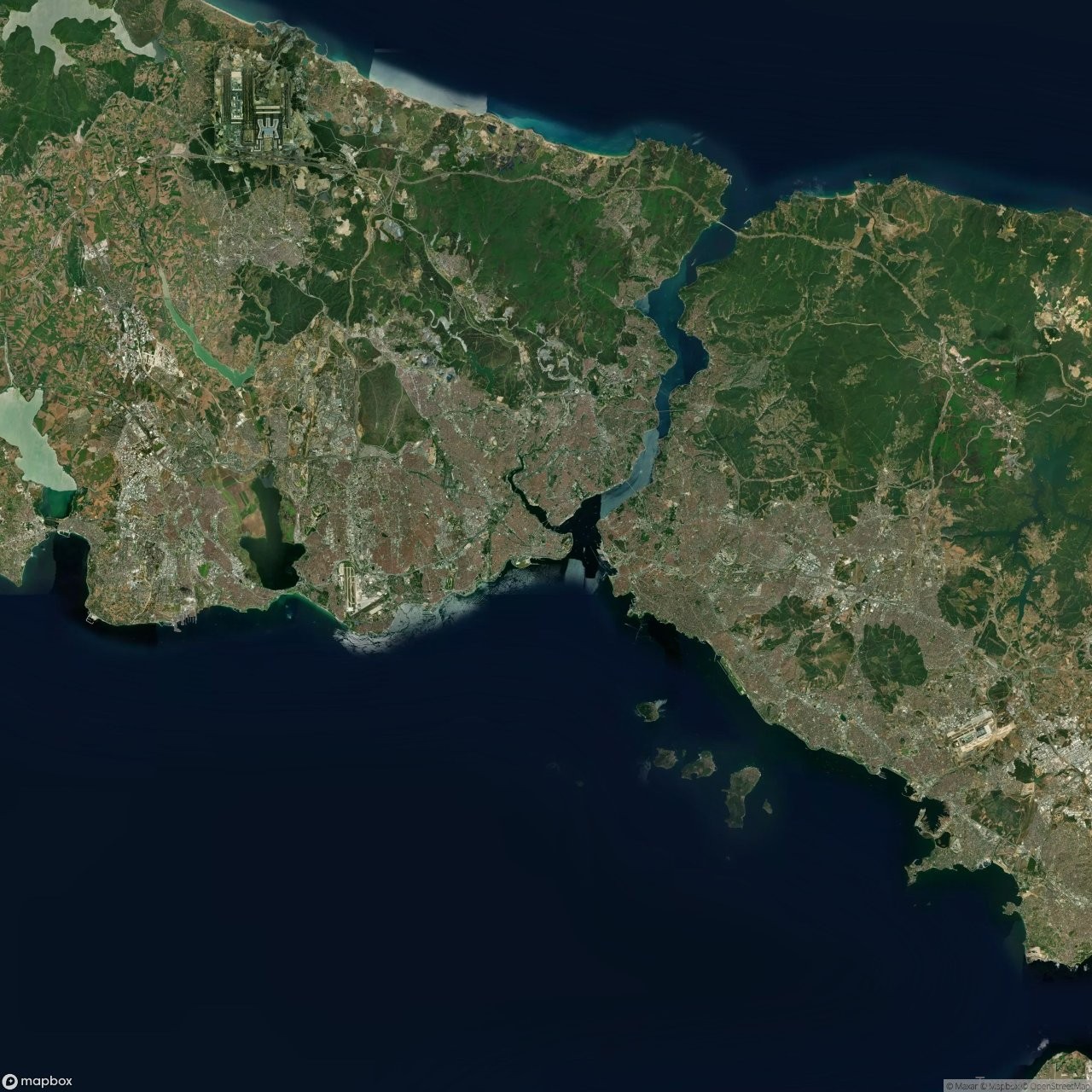
Gateways to the World: Istanbul’s Strategic and Modern Airports
Istanbul, standing at the crossroads of continents, cultures, and civilizations, boasts an air transport network as grand as its history. The city’s airports are not just transport hubs but gateways connecting Turkey to the world. The airports in Istanbul play a pivotal role in its economic, cultural, and social landscape, serving millions of passengers annually and hosting flights from around the globe.
The satellite image above provides a detailed view of Istanbul’s airports, primarily the Istanbul Airport (IST) and Sabiha Gokcen International Airport (SAW). These airports, with their strategic locations, serve as crucial links for international travelers and are a testament to Turkey’s advancements in aviation infrastructure.
Istanbul Airport (IST), one of the newest and largest international airports globally, is a marvel of modern engineering and design. Located on the European side of the city, it serves as the main hub for Turkish Airlines and other international carriers. Its strategic location makes it a significant transfer point for flights between Europe, Asia, and the Middle East. The airport’s state-of-the-art facilities, extensive flight network, and capacity to handle over 200 million passengers annually post its complete expansion, contribute significantly to Istanbul’s and Turkey’s global standing in aviation.
On the Asian side lies Sabiha Gokcen International Airport (SAW), named after the first female fighter pilot in the world. It serves as an important hub for low-cost carriers and handles domestic and international flights, alleviating traffic from Istanbul Airport. Its presence has been a boon for the Anatolian side of the city, driving economic growth, tourism, and accessibility.
Both airports are equipped with advanced facilities, including expansive duty-free shopping areas, lounges, hotels, and business centers, reflecting Istanbul’s historical role as a center of trade and commerce. They are also well-connected to the city through a network of transport options, including buses, taxis, and, importantly, the expanding metro system, ensuring smooth transit for passengers.
Moreover, these airports are symbols of sustainability, with eco-friendly practices in place, such as waste management, energy conservation, and green building standards. They stand as examples of how modern infrastructure can be sustainable, balancing economic growth with environmental responsibility.
In conclusion, Istanbul’s airports are more than just travel hubs. They are strategic assets, driving economic growth, fostering global connections, and showcasing Turkey’s commitment to modern, sustainable infrastructure. They stand as gateways for the millions who wish to explore the rich cultural tapestry of Istanbul and beyond.
Map for: Istanbul, Airports, International Travel, Modern Infrastructure, Strategic Location, Economic Growth, Global Connections, Sustainability, Aviation, Transport Hubs.
Next, I will generate the “Istanbul Turkey Restaurants Map” and provide the corresponding detailed description.
Here is the Istanbul Turkey Restaurants Map:
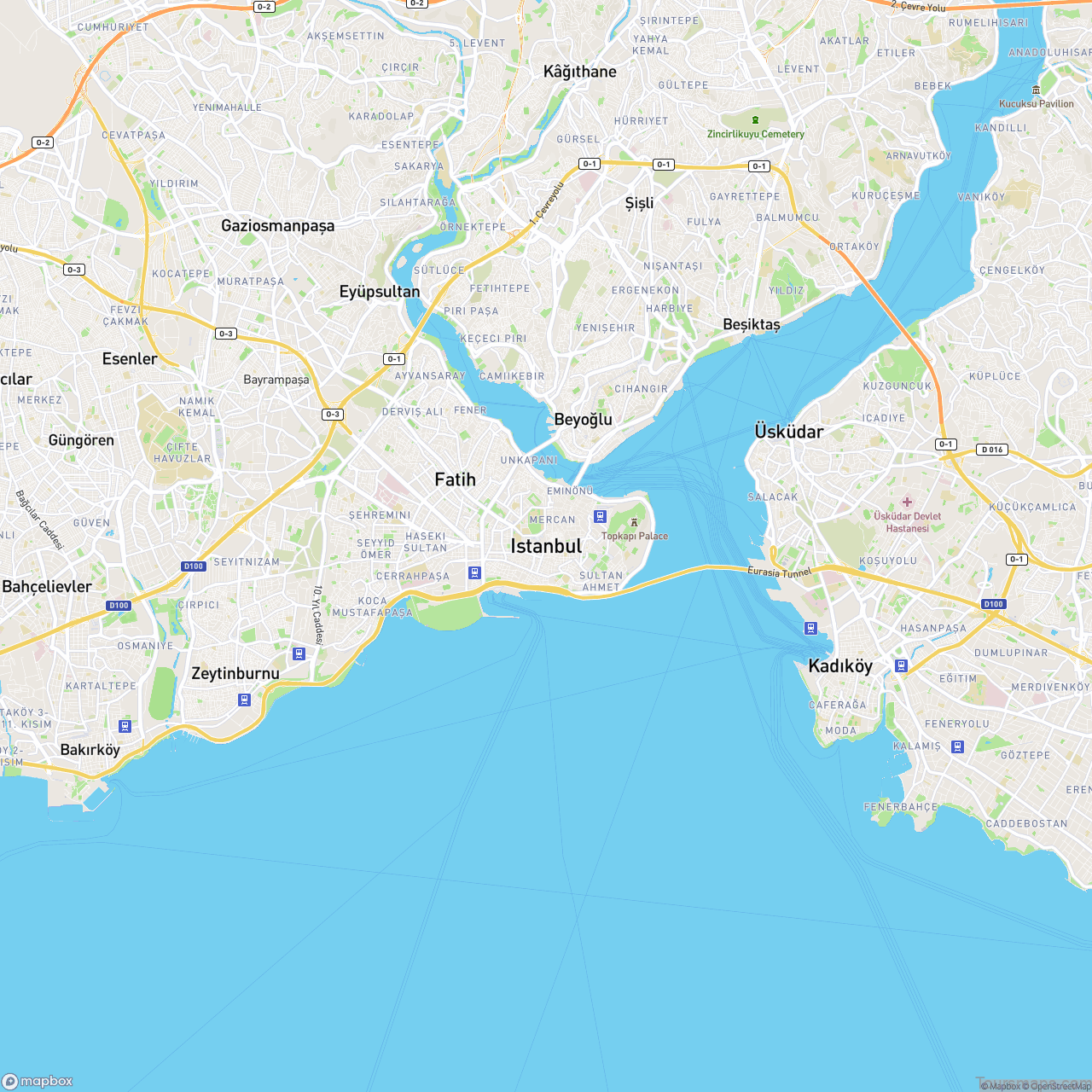
A Culinary Journey: Exploring the Diverse Restaurants of Istanbul, Turkey
Istanbul, a city steeped in history and culture, offers an equally rich and diverse culinary scene. The restaurants in Istanbul reflect the city’s unique position at the crossroads of Europe and Asia, offering a gastronomic journey through centuries-old recipes, contemporary cuisine, and a fusion of flavors that can only be experienced in this vibrant metropolis.
The map above represents the spread of restaurants across Istanbul, each marking a unique culinary experience. These establishments are not just places to eat; they are venues where tradition meets innovation, providing locals and tourists with a taste of Turkish hospitality.
In the historic districts of Sultanahmet and Fatih, restaurants serve classic Ottoman cuisine, with dishes that have graced the tables of sultans for centuries. These eateries often occupy restored buildings, where dining feels like a step back in time. Signature dishes such as the rich ‘Hünkar Beğendi’ and the iconic ‘Baklava’ are not just meals but cultural expressions.
Contrastingly, the modern neighborhoods of Beyoglu and Besiktas offer a contemporary dining experience. Here, restaurants experiment with international cuisine, offering everything from gourmet dishes to fusion foods that combine traditional Turkish flavors with global influences. These areas are also home to a vibrant street food scene, where quick bites like ‘Kumpir’ (stuffed baked potato) and ‘Durum’ (wrap) offer a taste of local life.
The Asian side of Istanbul, particularly districts like Kadikoy and Uskudar, provides a different culinary exploration. Seafood restaurants along the coastline offer fresh catches from the Bosphorus, while traditional ‘meyhanes’ (taverns) serve ‘mezes’ (appetizers) and ‘raki’ (anise-flavored spirit), providing a communal dining experience that is quintessentially Turkish.
Istanbul’s restaurant scene is also a testament to its cosmopolitan character. Establishments serving Chinese, Italian, French, and other global cuisines reflect the city’s historical role as an international trading hub.
Maybe You Like Them Too
- Explore Angleton, Texas with this detailed map
- Explore Blavozy, France with this detailed map
- Explore East Lindfield, Australia with this detailed map
- Explore Bonferraro, Italy with this detailed map
- Explore Doncaster, United Kingdom with this detailed map
